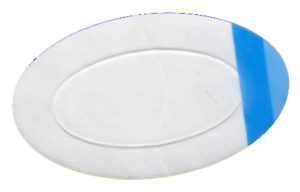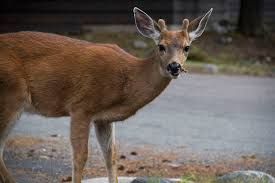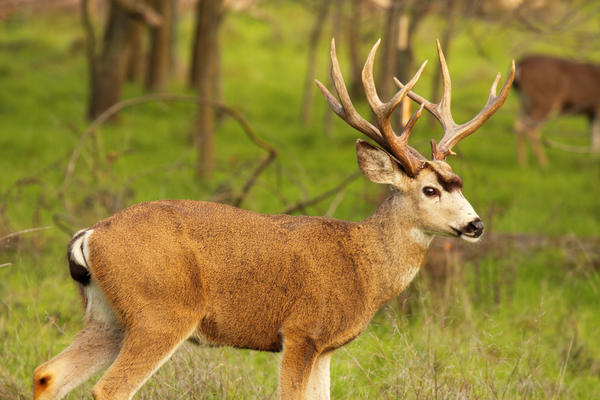Problem:
Burn victims have sometimes large areas of destruction on their body that causes immense pain and that needs to heal. Much of the flesh could have been killed or could die due to lack of healing ability. There is a rick of infection and buildup of moisture prevents proper healing.
Biomimicry Idea:
Mimic a black tailed deer. Black tailed deer have velvet covering their antlers as they are growing. This velvet supplies blood vessels, thus nutrients to the newly growing antlers. Burn victims need medical solutions that allow for quicker and effective healing of their burns. Using a hydro colloid bandage covers and dresses the wound, as well as wicking away moisture and creating a barrier to prevent infection. The idea of the velvet covering an antler and allowing it to grow inspired my idea of a “second skin” type of idea for something like a burn to heal to allow skin to regrow.

This is a hydro colloid bandage. It is made of a clear gel type material that creates an air tight deal on the wound.

Here is a deer with young antlers. The velvet can be seen on the newly growing antlers.
How does nature help black tailed deer grow antlers?
The antlers of black tailed deer have a skin coating called velvet that supplies blood vessels and nutrients to the antlers, allowing them to grow. This velvet falls off when the antlers are done growing.
More about antlers:
Antlers are not permanent. They are grown each year from the age of 6 to 8 months. Antlers are composed of minerals such as phosphorous, calcium, other minerals and the protein collagen. The antlers grow out from the skull of the animal from a spot called a pedicle. The antlers are covered in a skin that we know as velvet. This skin is present on the growing antler for the purpose of supplying nutrients and blood to the newly developing antler. At this stage, the antler is living. Eventually when the antler is fully grown, the deer will rub the antlers on trees and other rough surfaces in order to remove the velvet. It will also fall off on its own. Now, the antler is considered dead, as there is no longer nutrients being supplied to it. Now the antler is used for combat and mate garnering. The antler will fall off in late December to March.
